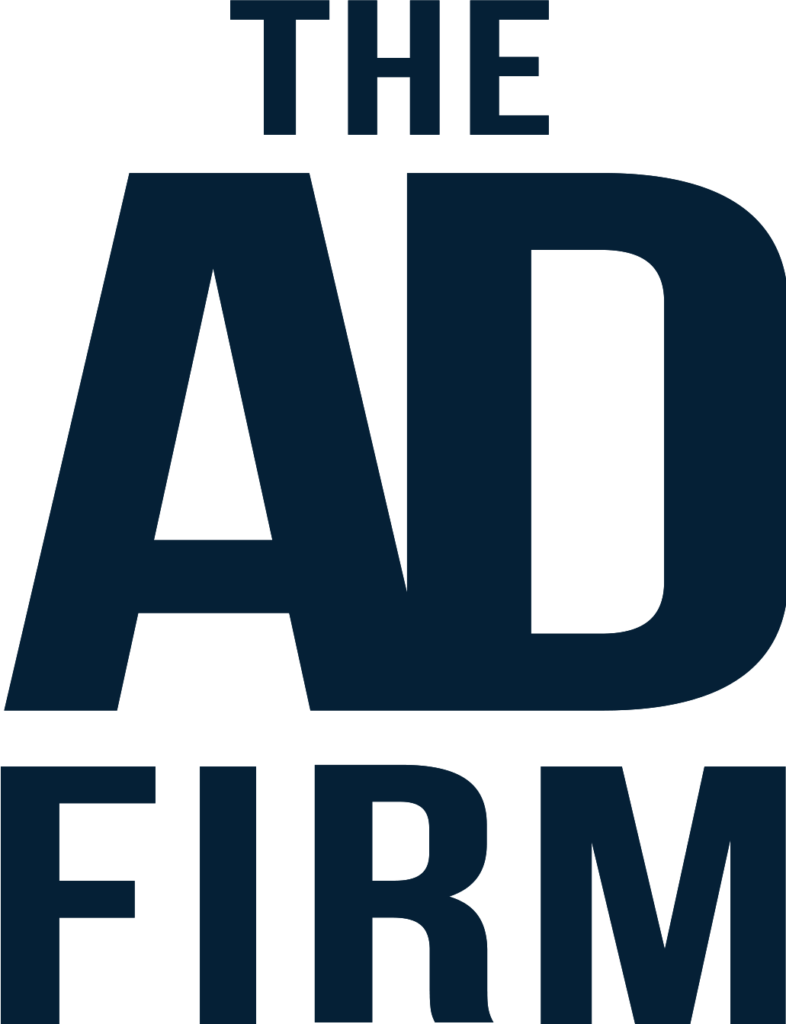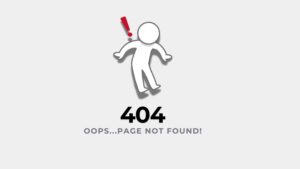Tracking the right SEO KPIs can make or break your digital success. As search engines and user behaviors evolve, understanding which metrics truly impact performance is essential for staying ahead. Here’s what you need to know about the latest SEO KPIs that can set your strategy apart.
Why SEO KPIs Matter in 2024
A KPI, or Key Performance Indicator, is a measurable value that shows how effectively a business achieves specific objectives. In SEO, KPIs offer critical insights into your search performance, spotlighting areas that drive traffic, engagement, and growth.
Here’s why KPIs are essential in 2024:
- Helps Track Return on Investment (ROI)
By monitoring conversions and cost-per-click, KPIs give a clear picture of your SEO efforts’ profitability, making it easier to justify budget allocation. - Adapts to Changing Search Algorithms
Search engines update regularly, and KPIs help you adapt by measuring metrics that impact rankings directly, like Core Web Vitals and mobile usability.
According to Hubspot, 71% of marketers say that tracking SEO KPIs has significantly improved their overall digital performance by providing clear direction and measurable goals.
10 Important Metrics to Monitor

To assess your SEO campaign’s success, tracking key metrics is critical. These metrics reveal your site’s visibility, user engagement, and conversion effectiveness, allowing you to make informed adjustments that drive better results.
Here are the top 10 essential SEO metrics to monitor for a high-performing campaign:
- Organic Traffic: This measures the number of users visiting your site from search engine results, providing a direct reflection of your SEO efforts. An increase in organic traffic usually means improved visibility and higher engagement, as users find your site relevant to their search intent. Regularly monitoring this metric helps you understand the impact of keyword strategies, content updates, and other SEO efforts on driving search engine visibility.
- Keyword Rankings: This metric shows the ranking positions of your target keywords on search engine results pages (SERPs). Tracking keyword rankings allows you to measure how competitive your site is in your industry and identify which terms are performing well or need improvement. A steady upward trend in keyword rankings can signal that your SEO strategies are working effectively, while a decline may prompt adjustments in content, backlinks, or optimization tactics.
- Click-Through Rate (CTR): CTR represents the percentage of users who click your link in the search results out of those who view it. A high CTR indicates that your title tags and meta descriptions are compelling and align with user intent. Improving CTR can lead to more traffic, even if your keyword rankings stay the same, making it a crucial metric to track. By analyzing this, you can experiment with more engaging titles and descriptions to further optimize for higher CTR.
- Bounce Rate: Bounce rate tracks the percentage of visitors who leave your site after viewing only one page. A high bounce rate may indicate that the content does not meet user expectations or that the page lacks a clear call-to-action or relevant next steps. Lowering the rate suggests that users are engaging with your content and finding value in it, which can positively impact rankings and conversions.
- Page Load Time: Slow-loading pages are a major barrier to user engagement. Page load time has a direct impact on user experience, as delays often cause visitors to become frustrated, potentially leading them to leave before exploring further. Google also considers page speed a ranking factor, so optimizing for faster load times can enhance both SEO and user retention. Regularly assessing page load times allows you to make technical improvements that keep users on-site longer.
- Core Web Vitals: Core Web Vitals are Google’s set of user-centered metrics that assess loading performance, interactivity, and visual stability. These include metrics like Largest Contentful Paint (LCP), First Input Delay (FID), and Cumulative Layout Shift (CLS). Monitoring these helps ensure your site meets essential user experience standards, as these factors impact both SEO rankings and user satisfaction. Enhancing Core Web Vitals can significantly boost site credibility and engagement.
- Conversion Rate: The conversion rate shows the percentage of users who complete a specific action, like signing up or making a purchase. This metric ties SEO directly to business goals, providing insights into how effectively your site drives meaningful interactions. By monitoring conversion rates, you can see which pages or campaigns yield the highest ROI, allowing you to optimize for user paths that lead to conversions.
- Backlink Profile: Backlinks, or inbound links from other websites, play a significant role in SEO, contributing to your site’s authority and credibility in search engines. Monitoring your backlink profile, including both the quality and quantity of links, helps you understand how well your site is being recognized by other sources. High-quality backlinks from reputable sites improve your domain authority, making it essential to track and manage your link-building efforts for stronger rankings.
- Average Session Duration: This metric shows how much time users spend on your site on average per visit, revealing the level of engagement and content value. A longer session duration indicates that visitors find your site informative and enjoyable. Low session durations may point to issues with content relevance, readability, or navigation. Monitoring this metric helps refine your content and site structure to encourage users to stay longer and explore further.
- Pages per Session: Pages per session tracks how many pages users visit in a single visit, reflecting content engagement and site structure effectiveness. Higher pages per session suggest that users find your site compelling and well-organized, prompting them to explore more. This metric is useful for identifying content that resonates with your audience and can also inform decisions about internal linking and navigation improvements.
How to Assess Content Effectiveness
When it comes to truly understanding content performance, you need to go beyond basic metrics and look at factors that reveal how content resonates, engages, and drives value over time. Here are strategies to evaluate content effectiveness from a more advanced and strategic angle.
- Evaluate Audience Sentiment Through Text Analysis
By analyzing comments, reviews, and social media mentions related to your content, you can assess sentiment—whether it’s positive, neutral, or negative. Text analysis tools can identify recurring themes and emotions, giving insight into what aspects of the content are well-received or need improvement. This feedback helps you fine-tune future content to align better with your audience’s preferences and concerns. - Track Content Decay and Refresh Needs
Content decay is the gradual decline in content performance over time, which happens as topics become outdated or less relevant. Monitoring decay allows you to identify when a piece of content needs a refresh or update. Tools like Google Analytics and SEMrush can help spot this trend, ensuring that your top-performing content continues to attract and engage. - Compare Content Types Across Performance Metrics
Different content types—such as videos, infographics, blogs, and white papers—engage audiences differently. Regularly comparing these formats across metrics like engagement rate, time spent, and conversions reveals which types work best for your audience. This approach allows for strategic content diversification based on proven success. - Gauge Topic Relevance with Trend Analysis
Periodically assessing how the popularity of your content topics aligns with industry trends is vital. Use tools like Google Trends or BuzzSumo to gauge whether your topics are growing or waning in interest. This analysis helps you anticipate shifting interests and pivot your content strategy to stay relevant and competitive. - Measure Internal Search Efficiency
If your website includes a search function, reviewing internal search data can highlight content gaps or reveal what users struggle to find. By addressing these gaps, you improve the user experience and ensure that high-demand topics are covered more effectively. - Implement Cohort Analysis for Returning Visitors
Cohort analysis examines the behavior of specific user groups over time, allowing you to see if your content fosters long-term interest. Tracking returning visitors’ engagement with your content over weeks or months provides insight into loyalty and ongoing relevance. If content resonates with repeat users, it indicates strong value and loyalty. - Leverage AI-Powered Predictive Analytics
AI-driven tools can forecast which content types and topics are likely to perform well based on current trends and historical data. By assessing predictive analytics, you can identify high-potential content ideas, prioritize resources effectively, and stay ahead of shifts in audience preferences.
Setting Realistic SEO Goals
Establishing clear and achievable SEO goals is crucial for tracking progress and ensuring that your digital strategy is aligned with your business’s growth objectives. Without defined targets, it’s challenging to measure success or focus resources effectively.
Realistic goals ensure that each campaign contributes meaningfully to visibility, engagement, and business growth. These goals should reflect industry trends, current rankings, and the competitive landscape, providing a roadmap for measurable progress.
How to Set SEO Goals
- Analyze Your Current Performance
Begin by examining your website’s existing performance metrics. Knowing your baseline in areas such as organic traffic, keyword rankings, and conversion rates highlights strengths and reveals opportunities for improvement. SEO companies often perform in-depth audits to identify growth opportunities and address any technical issues impacting your rankings. - Define Key Metrics for Success
Choose measurable and time-bound metrics that align with your business goals. Examples might include increasing organic traffic, improving keyword rankings, or raising conversion rates. Working with SEO professionals helps you select metrics that not only reflect business priorities but also ensure that you have the right tools for tracking and evaluating success. - Benchmark Against Competitors
Analyzing competitor performance gives you a realistic perspective on where your site stands within your industry. Consulting with SEO professionals provides insights into competitors’ strengths, keywords, and content strategies, helping you set achievable goals based on market realities and identify unique ways to stand out. - Set Incremental Milestones
Breaking down large goals into smaller, incremental milestones makes them more manageable and trackable. Setting quarterly or monthly benchmarks enables continuous improvement and adjustments based on real-time results. The Ad Firm offers custom milestone tracking, ensuring your campaign stays focused on reaching each step toward larger objectives. - Consult with an SEO Agency
An SEO company can provide specialized support to help you create and refine your strategy. Whether through detailed audits, ongoing performance tracking, or expert guidance on adapting goals over time, working with SEO experts can help ensure each step aligns with your business’s vision.
How The Ad Firm Can Help

At The Ad Firm, we’re dedicated to helping businesses set and achieve SEO goals tailored to their unique needs. Our team can craft customized strategies, from initial KPI development to milestone tracking, keeping each campaign aligned with your objectives.
Partnering with us means gaining a data-driven SEO partner with expertise in competitive analysis and continuous optimization to keep your campaign effective and on target. Contact The Ad Firm to learn how we can help set actionable SEO goals that support your long-term success.









